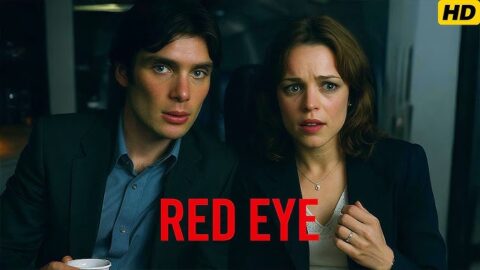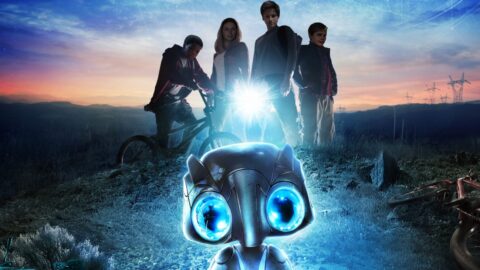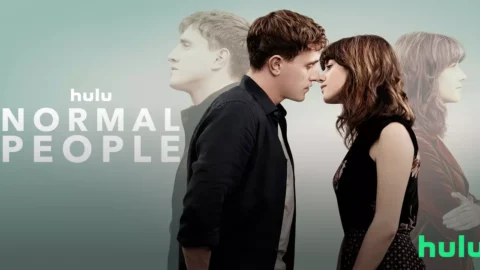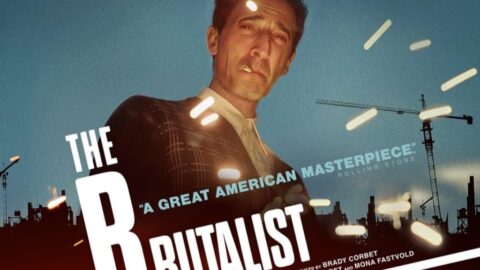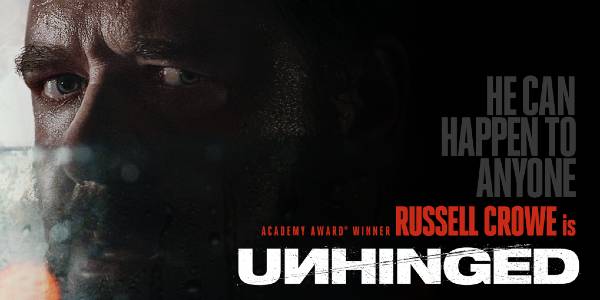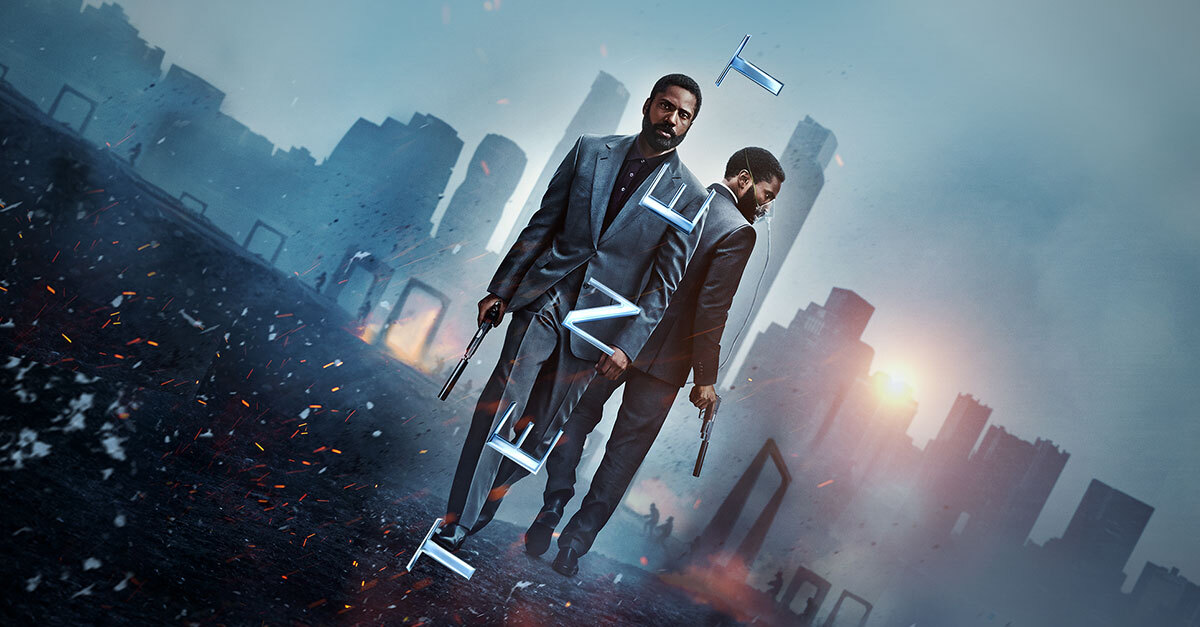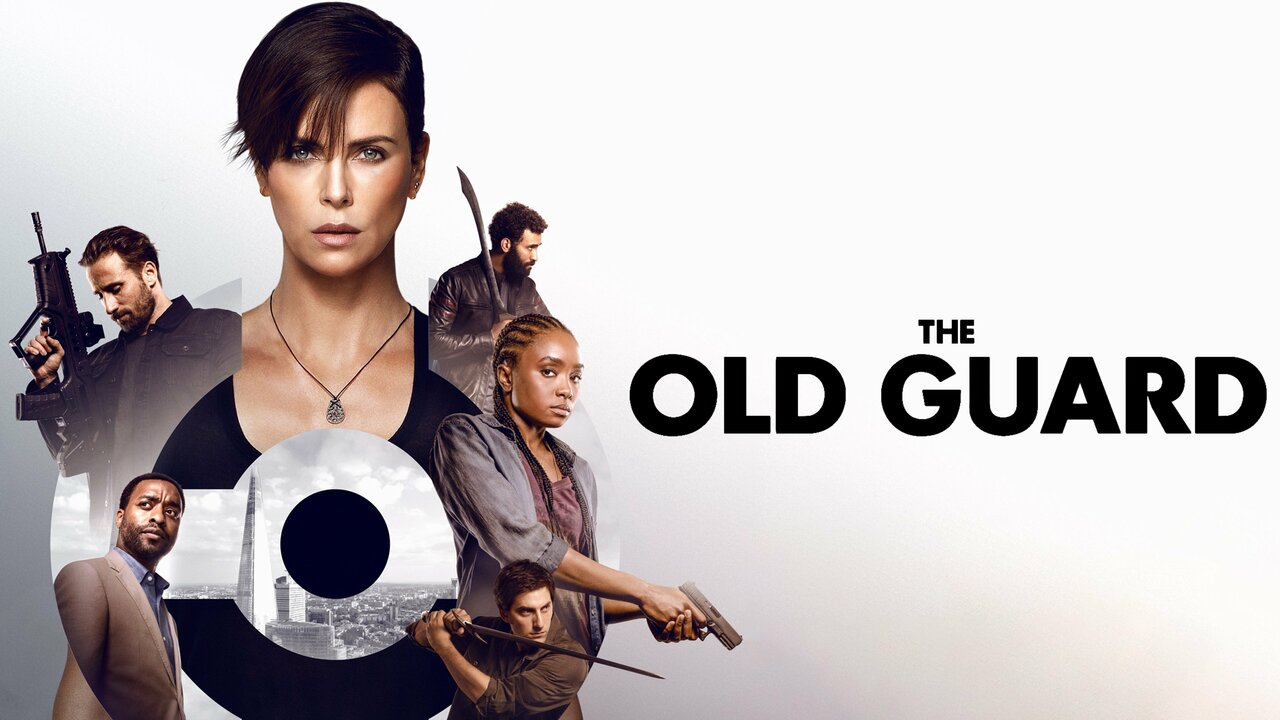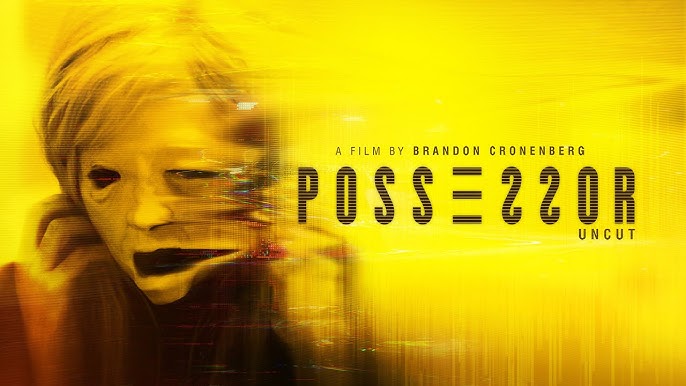Genre: Coming-of-Age | Comedy-Drama | Nostalgic Youth Film
George Lucas’s American Graffiti (1973) is a joyous, sun-soaked time capsule of youth culture—part nostalgia trip, part bittersweet farewell to an innocent era on the brink of change. Long before he created galaxies far, far away, Lucas crafted this vibrant love letter to his own teenage nights cruising the neon-lit streets of early ‘60s California.
Set over the course of a single night in 1962, the film follows a group of recent high school grads as they drift through their small town in classic cars, chasing girls, dodging trouble, and wrestling with the looming question every teenager must eventually face: what comes next? For Curt (Richard Dreyfuss), it’s the choice between staying in the comfort of the familiar or boarding a plane to a bigger, scarier future. For Steve (Ron Howard), it’s figuring out if his high school sweetheart Laurie (Cindy Williams) fits into his plans beyond graduation. Meanwhile, drag racer John Milner (Paul Le Mat) and nerdy Terry “The Toad” Fields (Charles Martin Smith) cruise the endless loops of Main Street, picking up adventures—and misadventures—as rock and roll blares from car radios.
What makes American Graffiti so enduring is how perfectly it captures the fleeting magic of youth—the excitement of endless nights, the heartbreak of first love, the freedom of gas pedals and jukeboxes, and the sadness of knowing it can’t last forever. Lucas weaves it all together with a free-flowing structure and an iconic soundtrack filled with hits from Buddy Holly, The Beach Boys, and Chuck Berry—each song acting like a memory frozen in time.
The performances feel genuine and lived-in, from Dreyfuss’s restless idealism to Howard’s earnest charm and Wolfman Jack’s legendary DJ voice that drifts through the airwaves, connecting all these wandering souls under the same starlit sky. The film’s low-budget, near-documentary style only adds to its timeless charm—it feels less like a polished Hollywood production and more like a wistful snapshot of a moment just before the world got a little bigger, a little faster, and a lot more complicated.
Decades later, American Graffiti still resonates as one of the best coming-of-age films ever made. It reminds us of how much changes in one night—and how sometimes the sound of an old song, the roar of a car engine, or the hum of neon lights can bring it all flooding back. With warmth, humor, and a touch of melancholy, George Lucas’s nostalgic ode proves that sometimes the simplest stories about ordinary kids can become iconic when they’re told with heart.
